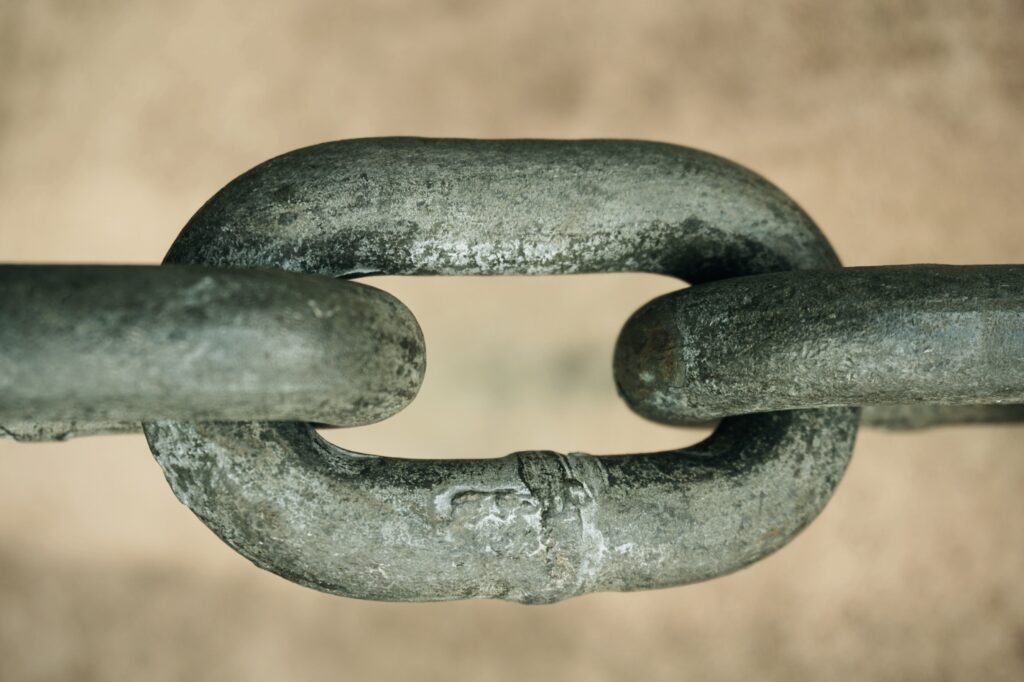Kohäsion in Klebstoffen: Das Geheimnis um die innere Stärke

In the world of adhesives, cohesion refers to the forces that create the internal cohesion of the adhesive. During the bonding process, these forces must increase to ensure a permanent connection between the bonded substrates. A stable adhesive must therefore not only have strong adhesion to the surface, but also have pronounced cohesion in order to ensure internal cohesion.
The construction of cohesion
The building of cohesion in an adhesive can occur in various ways. This happens either through physical forces or through chemical cross-linking. This is referred to as physically setting or reactive adhesive systems.
The hot adhesives are liquid when applied; the viscosity increases significantly as they cool. In addition, cohesion increases further due to partial crystallisation in the adhesive.
The cohesive forces in detail
The cohesion in adhesives is based on different mechanisms:
- Mechanical entanglement: Thread-like macromolecules or fibrous substances become entangled with each other, resulting in a stable structure.
- Chemical bonds: Reactive hot-melt adhesives form strong chemical bonds, which ensure a strong bond.
- Physical interactions: Various forces, such as the van der Waals forces, hydrogen bonds or crystalline structures act between the adhesive molecules. These intermolecular forces further strengthen cohesion.
Overall, cohesion is a fascinating interplay of physical and chemical forces that ensure the internal cohesion of adhesives and make them indispensable tools in various industries.
We hope this explanation of cohesion helped you better understand the fascinating science behind adhesives.
You can find out more in our glossary under the heading “Cohesion”.

- Our YouTube channel – knowledge to view - 6. Mai 2025
- Efficient adhesive supply with the granulate conveyor: How to optimise your production: - 15. April 2025
- Blocked hot-melt adhesive granules – causes, effects and solutions - 11. März 2025